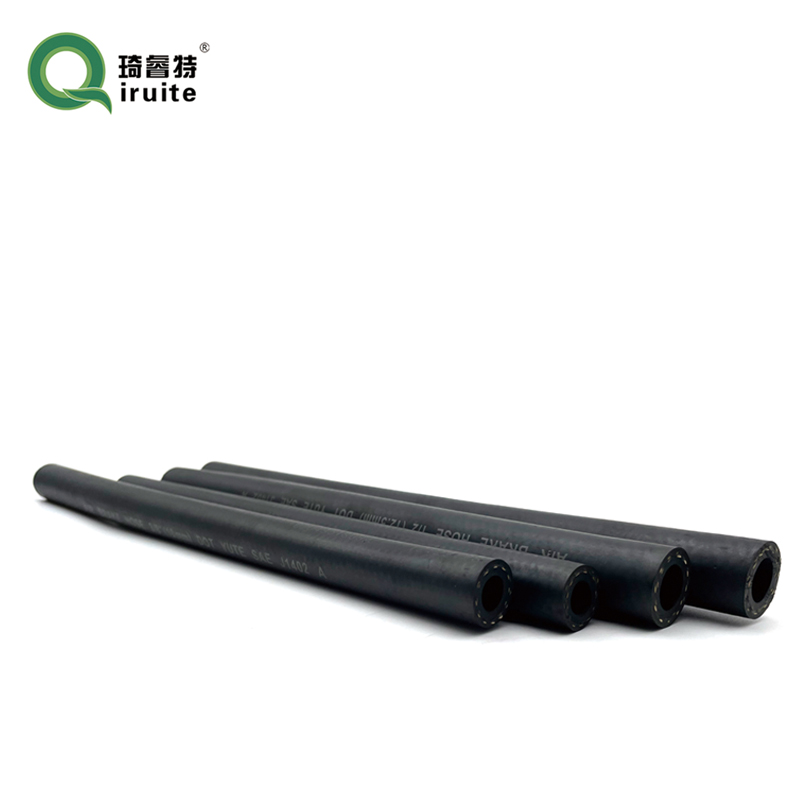Guidelines for Measurement and Evaluation of Vehicle Performance Parameters
Understanding SAE J2064 A Key Standard in Automotive Refrigerant Systems
SAE J2064 is an essential standard in the automotive industry that governs the design, testing, and performance of refrigerant system hoses. It provides specifications for refrigerant hoses used in automotive air conditioning systems, ensuring safety, efficiency, and reliability. As climate control systems in vehicles evolve to meet increasing customer expectations for comfort and energy efficiency, the significance of standards like SAE J2064 cannot be overstated.
Background of SAE J2064
The Society of Automotive Engineers (SAE) developed SAE J2064 to address the growing need for a consistent approach to refrigerant hose quality and performance. With the diversity of refrigerants and variations in vehicle designs, the standards provide a framework that manufacturers must adhere to in producing hose assemblies. This regulation reduces the risk of leaks and failures that can lead to system inefficiencies or environmental hazards.
SAE J2064 includes detailed requirements for hose materials, construction, performance, and testing procedures. It covers different applications based on vehicle type and refrigerant used, ensuring broad applicability across manufacturers.
Importance of Refrigerant System Hoses
Refrigerant hoses play a critical role in the functionality of automotive air conditioning systems. They transport refrigerant between various components, including the compressor, evaporator, and condenser. The hoses must withstand high pressures and temperatures while remaining flexible enough to allow for movement of engine parts. If a hose fails, it can lead to a loss of refrigerant, resulting in decreased cooling efficiency and potentially damaging the entire system.
By adhering to SAE J2064 standards, manufacturers can ensure that their hoses meet rigorous performance criteria, reducing the likelihood of failures during everyday operation. This not only enhances vehicle reliability but also protects consumers from costly repairs and potential safety risks associated with refrigerant leaks.
Key Specifications of SAE J2064
sae j2064

SAE J2064 outlines several crucial specifications that hoses must meet
1. Material Specifications The standard specifies the types of materials that are appropriate for constructing refrigerant hoses. These materials must be resistant to chemical degradation from different refrigerants and conditions prevalent in an automotive environment.
2. Pressure and Temperature Ratings Hoses must be able to handle the pressures typical in automotive refrigerant systems along with varying temperature ranges. This ensures that they do not rupture or degrade under normal operating conditions.
3. Durability Tests The standard includes rigorous testing procedures to evaluate the durability of hoses under simulated operational conditions. Tests for resistance to abrasion, environmental exposure, and mechanical flexibility are essential to ensure long-lasting performance.
4. Compatibility with Refrigerants As new refrigerants are introduced, compatibility becomes a critical factor. SAE J2064 provides guidelines on how hoses should interact with various refrigerants, including the newer, more environmentally friendly options.
Conclusion
In conclusion, SAE J2064 plays a pivotal role in the automotive industry’s efforts to create safe and efficient refrigerant systems. By standardizing the manufacturing and performance expectations of refrigerant hoses, it contributes to the reliability of air conditioning systems that are critical for passenger comfort. As automotive technologies continue to advance and new refrigerants become commonplace, the ongoing iteration of standards like SAE J2064 will remain central to ensuring the automotive sector meets both regulatory requirements and consumer needs.
By understanding and implementing SAE J2064, manufacturers not only enhance product quality but also promote sustainability and environmental responsibility by reducing refrigerant leaks that can harm the ozone layer. As we move toward a future of increasingly complex automotive technologies, adherence to such standards will be crucial in maintaining vehicle safety and efficiency.
-
Ultimate Spiral Protection for Hoses & CablesNewsJun.26,2025
-
The Ultimate Quick-Connect Solutions for Every NeedNewsJun.26,2025
-
SAE J1401 Brake Hose: Reliable Choice for Safe BrakingNewsJun.26,2025
-
Reliable J2064 A/C Hoses for Real-World Cooling NeedsNewsJun.26,2025
-
Heavy-Duty Sewer Jetting Hoses Built to LastNewsJun.26,2025
-
Fix Power Steering Tube Leaks Fast – Durable & Affordable SolutionNewsJun.26,2025

